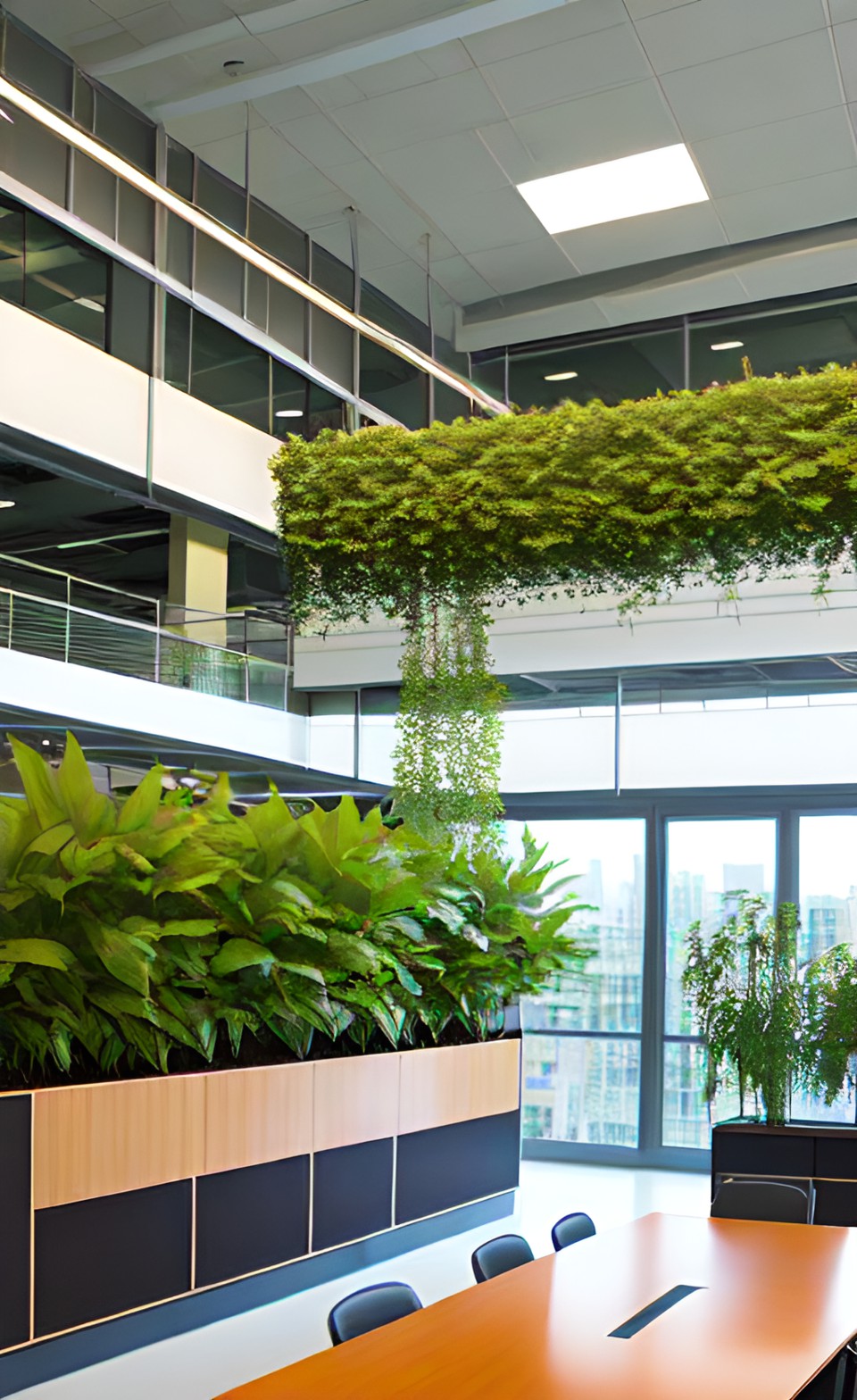
Advertisements
Introduction
As the world becomes increasingly conscious of the impact of human activities on the environment, the construction and renovation of office spaces are embracing a new paradigm: biophilic material selection. This approach emphasizes the use of eco-friendly building materials that not only reduce the ecological footprint but also foster a healthy indoor environment. In this article, we delve into the importance of biophilic material selection for office construction and renovation, exploring the benefits of sustainable choices and their positive impact on both the planet and occupants.
Embracing Sustainable Materials
Sustainable building materials prioritize the reduction of resource consumption, pollution, and waste during the production, use, and disposal stages. When it comes to office construction and renovation, selecting materials that align with the biophilic concept can lead to numerous advantages:
1. Indoor Air Quality: Biophilic materials are often low in volatile organic compounds (VOCs) and harmful chemicals. This promotes superior indoor air quality, reducing the risk of respiratory issues and enhancing employee well-being.
2. Connection to Nature: Biophilic materials include elements like natural woods, stones, and fibers that evoke a connection to the natural world. This creates a sense of tranquility and comfort, contributing to a more pleasant office environment.
3. Energy Efficiency: Many biophilic materials possess excellent insulating properties, contributing to improved energy efficiency in office spaces. This not only lowers operational costs but also reduces the building's overall carbon footprint.
Eco-Friendly Material Options
1. Reclaimed Wood: Using reclaimed wood for flooring, walls, and furniture gives a second life to timber that would otherwise go to waste. This adds character to the space while reducing the demand for new wood production.
2. Recycled Metal: Incorporating recycled metal for structural elements and fixtures reduces the need for raw materials extraction, conserving energy and reducing pollution.
3. Natural Stone: Utilizing natural stone like marble, granite, and limestone not only offers durability and aesthetic appeal but also minimizes the environmental impact associated with manufacturing synthetic materials.
4. Low-Emission Paints: Opting for low-VOC or VOC-free paints ensures that the indoor air quality remains healthy, as these paints release fewer harmful chemicals into the air.
5. Biodegradable Flooring: Flooring materials like cork, bamboo, and linoleum are renewable and biodegradable options that contribute to a more sustainable office space.
6. Plant-Based Fabrics: Using fabrics made from natural fibers like organic cotton, hemp, and bamboo can reduce the reliance on synthetic materials and their associated environmental impacts.
Conclusion
Biophilic material selection embodies the harmony between sustainability and human well-being in the realm of office construction and renovation. By opting for eco-friendly materials that align with the biophilic concept, organizations can create spaces that enhance employee health, foster a connection with nature, and reduce the ecological footprint. As businesses increasingly prioritize environmental responsibility and employee comfort, biophilic material selection emerges as a vital aspect of creating workspaces that contribute to a greener and more harmonious future.
